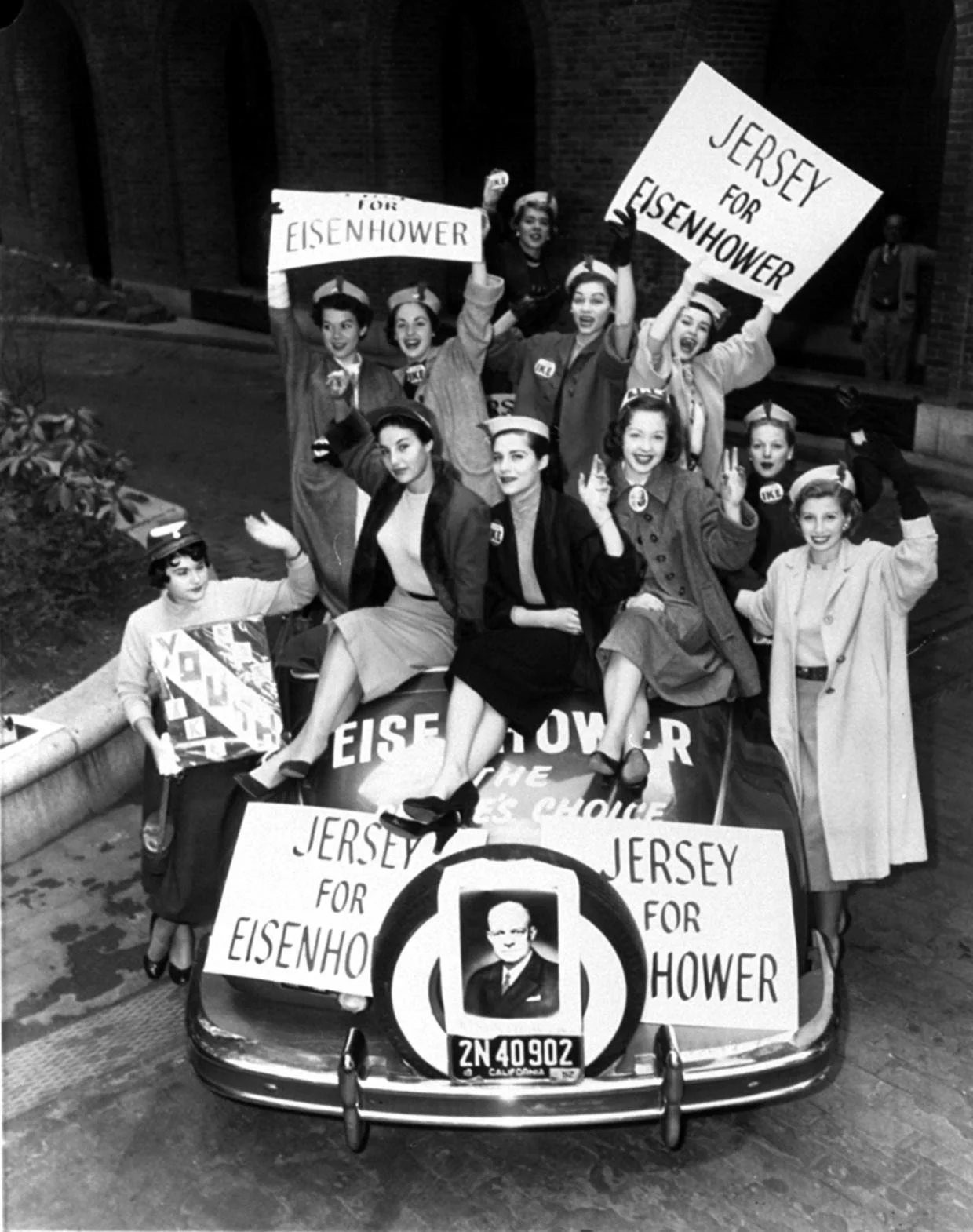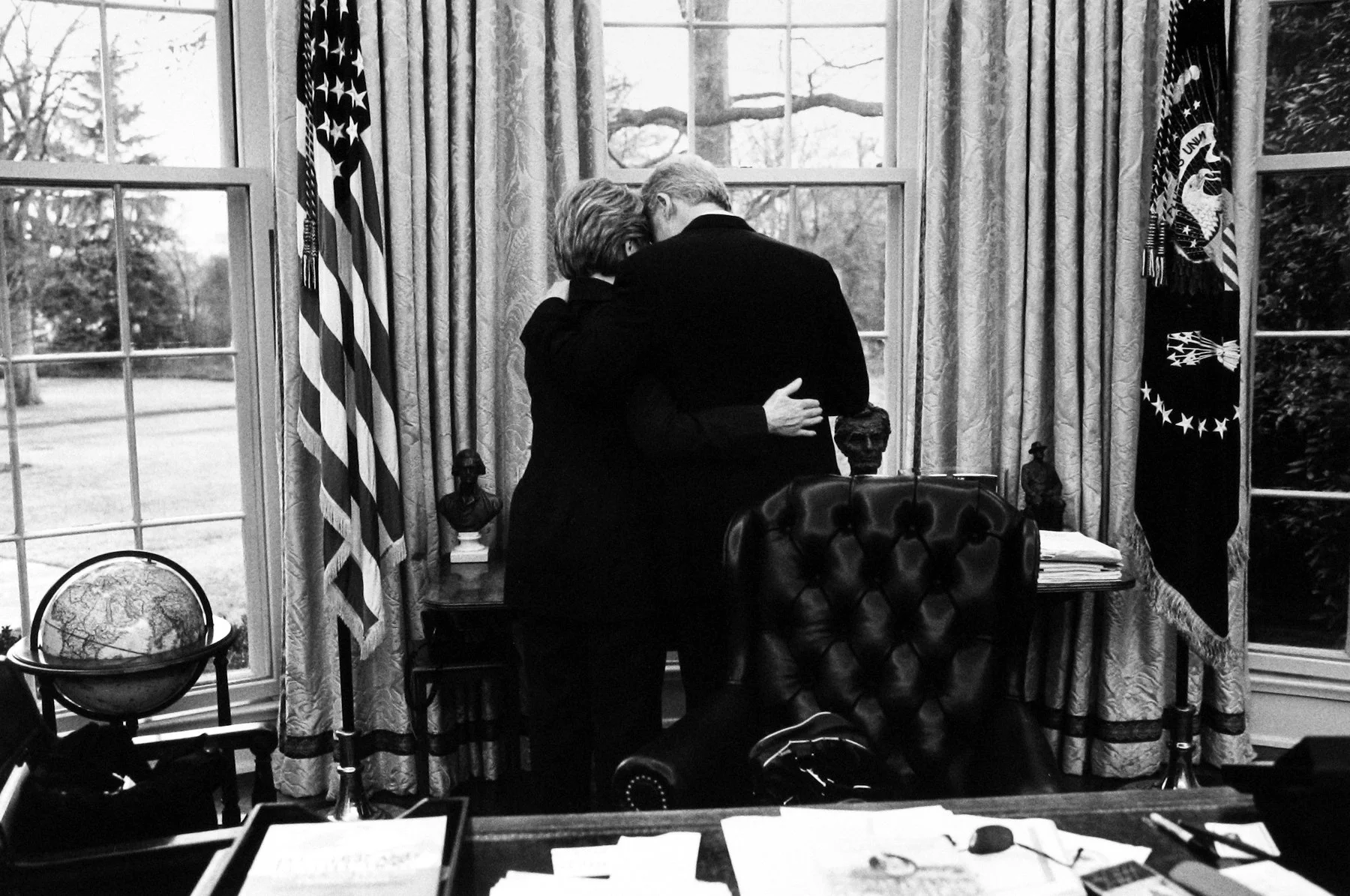thank U, next
U.S. presidential elections have engaged the entire society for decades.
Photographers such as Diane Walker, David Hume Kennerly, Cornell Capa, Stanley Tretick and many more have captured both political tensions and the emotions surrounding voters. They documented these events from two perspectives—on one side, the politician striving for power, and on the other, the voter who believes their vote will determine the nation’s fate. As Thomas Jefferson famously said, *"Elections belong to the people,"* highlighting the profound role of the voter in shaping the future. In this post, we explore how 20th-century photography presented these two viewpoints.
The politician's perspective often focuses on image-building and creating a charismatic leader. Election campaign photos depict candidates as dynamic figures fighting for the country's future. Images of politicians during rallies or speeches emphasize their strength, determination, and drive to gain power. Sometimes, politicians are also portrayed as "one of the people" to build trust and connect with voters on a more personal level, making them seem relatable and approachable.
On the other hand, the voter’s perspective in photography is more intimate and emotional. Photos of crowds, people waiting in line at polling stations, or the moment of casting a vote reflect the complexity of emotions that accompany participants in the democratic process. Elections from this angle are not just about grand politics but also about personal decisions that affect citizens' lives.
The contrast between these two approaches reveals elections as a complex spectacle—on one side, the ambitions of politicians, and on the other, the real hopes and fears of the public. Photography becomes a tool that allows us to see how these two worlds intersect and coexist in the electoral process.
For every photographer, seeking their unique perspective is key—offering a personal view of the world that not only enriches the narrative but also helps deepen the understanding of the events being captured, whether it's a presidential election or a birthday celebration.
It is important that this perspective be multidimensional.
Photos: 1 David Hume Kenerly, 2 Cornell Capa, 3 David Hume Kenerly, 4 Cornell Capa, 5 Gary Winogrand, 6 unknown, 7 unknown, 8 Anthony Camerano, 9 Diane Walker
recomendations:
article about campaigns: https://www.cbsnews.com/pictures/memorable-presidential-campaign-moments-through-the-years/34/
cover photo:










